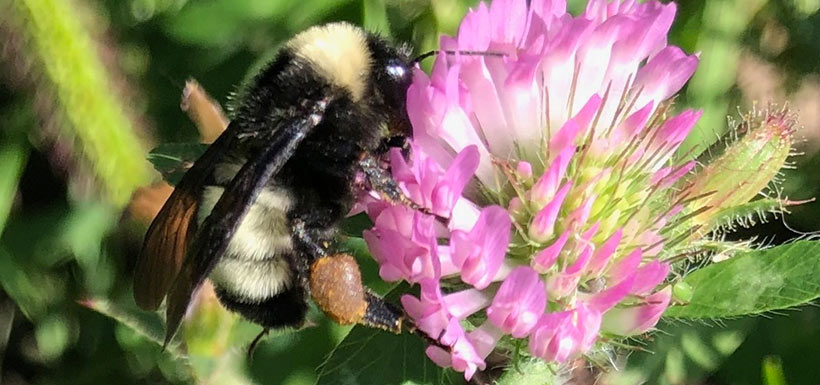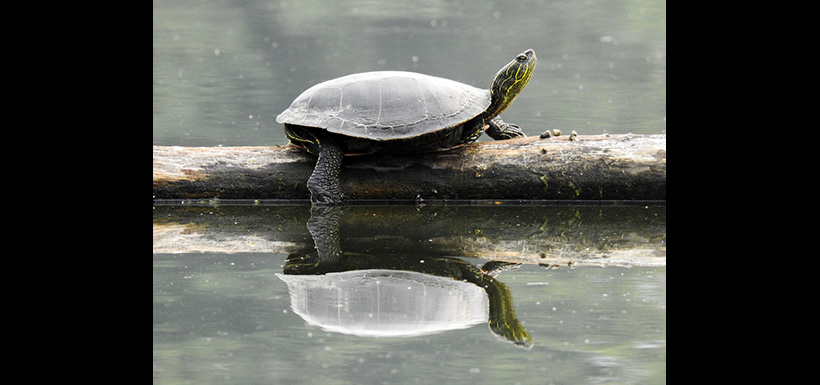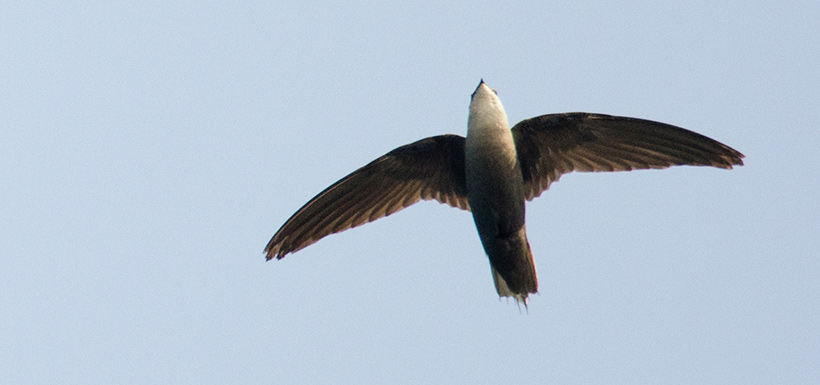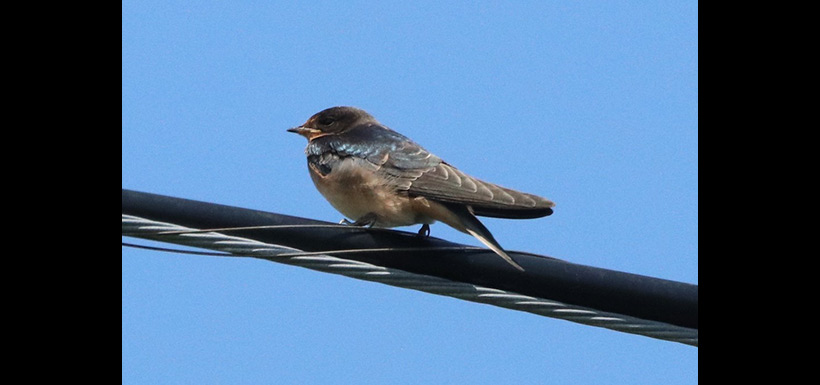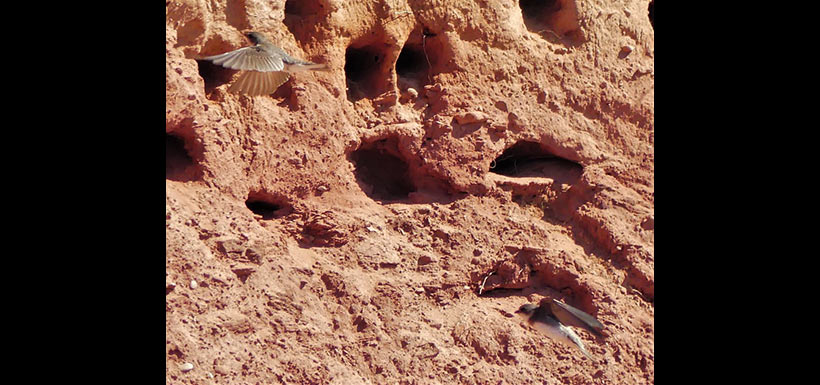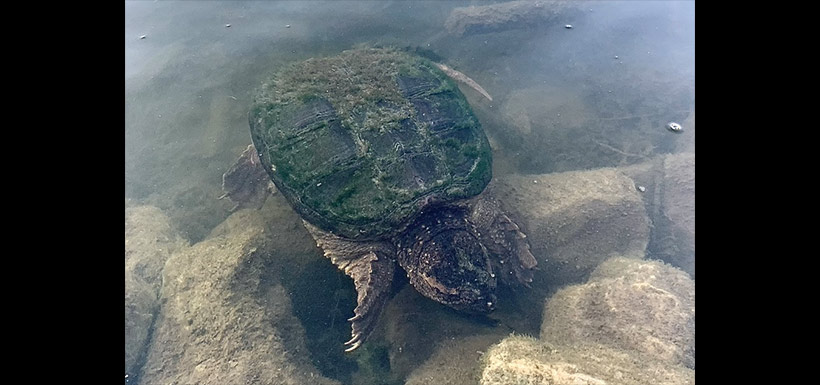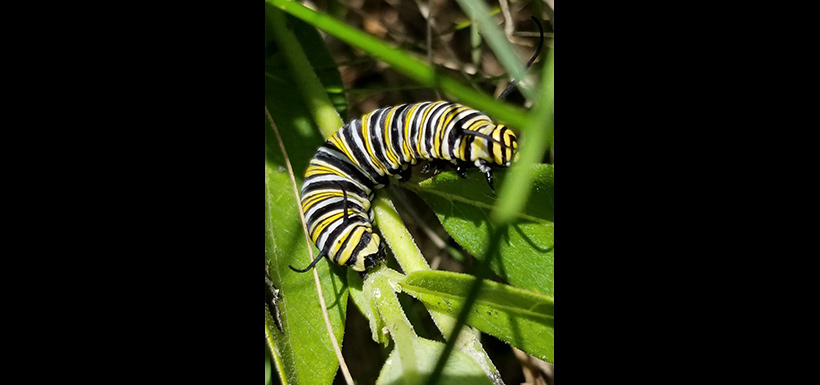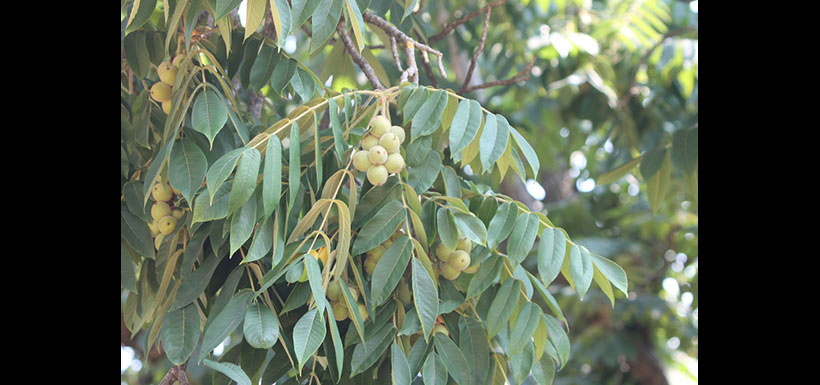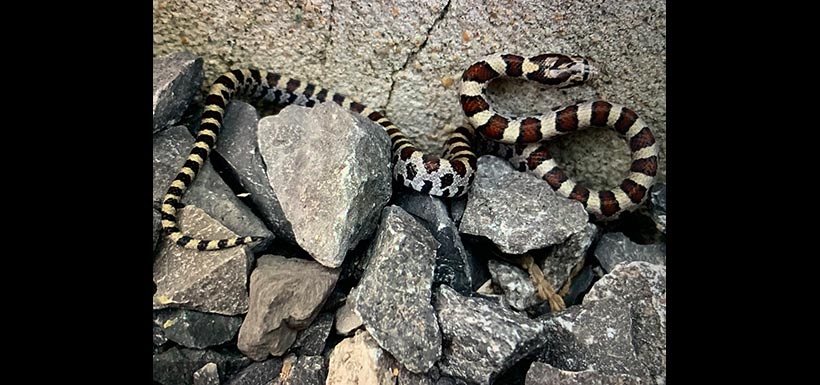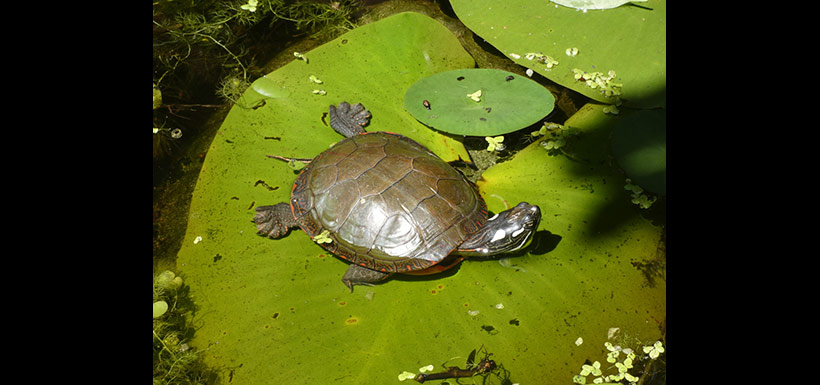Why urban nature matters
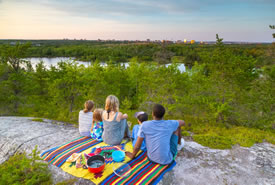
Colpitt Lake in the Shaw Wilderness Park (Photo by Adam Cornick, Acorn Art & Photography)
When you hear the word “nature,” do you immediately think of grandiose, picturesque landscapes? What if we said nature is, in fact, all around you, even in informal green spaces like boulevards and roof gardens in our cities?
Urban nature, as defined by the International Union for Conservation of Nature, includes the “areas in urban environments that are home to plants and non-human animals.” In and around cities we find forests, marshes and grasslands, much like their rural counterparts. These spaces are our cities’ lungs and kidneys, purifying our environment by absorbing pollutants. They reduce the risk of flooding by retaining water from the spring thaw and heavy rainfall.
Nature is more than the physical space; it is also the human experience and emotional connections we make in it. Numerous studies have emerged about nature’s benefits to our physical and mental well-being, including stress reduction and improvement to attention span. Healthcare providers can also prescribe nature as a way to improve their patients’ health. Urban nature gives people in cities easy access to these benefits.
A recent survey of 27 Canadian cities reported a total of over 15,000 hectares (37,065 acres) of natural parkland — an area approximately the size of Bruce Peninsula National Park, with an increasing demand for park naturalization projects.
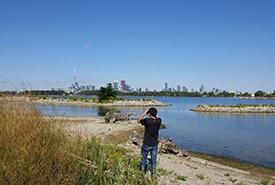
Leslie Street Spit is a popular birding spot in the heart of Toronto, ON (Photo by Wendy Ho/NCC staff)
When it comes to nature, cities might be perceived as a barrier to conservation, when they can actually be part of the solutions. Cities are one of the few ecosystems where the state of nature is often improving, thanks to regulations that improve water quality in many rivers, to unearthing and restoring creeks that have been buried for decades, to removing invasive species and building new wetlands. Some of Canada’s largest and most innovative ecosystem restoration projects are happening right here in our cities, such as Toronto’s Leslie Street Spit, which was once an industrial site.
Here are some of the many services that urban nature provides:
- removes air pollution
- filters and stores water
- holds back flood waters
- food security
- cultural services, such as recreation, education, spiritual and aesthetics
- carbon sequestration
- biodiversity
Species at risk in and around urban areas
Did you know many species at risk live near big cities? Blanding's turtle, for example, can be found in the Ottawa region. In late July of this year, the Nature Conservancy of Canada (NCC) hosted the annual Big Backyard BioBlitz, a cross-country community effort to document the natural world. Together, participants provided over 34,000 observations of wildlife, including more than 4,000 species observed, from their backyards, nature getaways or local green spaces. Overtime, their observations can contribute to science and conservation efforts. Learn more about species that reside near urban areas and some fun facts in the slideshow below (click to expand each slide).
Urban nature starts at home
We can all play a role in restoring urban nature. As individuals, many of us manage little parts of the city ecosystem. It might just be one tree, a balcony garden, or a small backyard, but every natural space counts. Conservation is about collective impacts, and our small acts of nature conservation matter, whether it’s planting native wildflowers, participating in a community tree planting event or being on the lookout for invasive plants.
NCC works to protect our country’s most precious natural places that are habitat for many plants and animals, including species at risk. Among our properties from coast to coast to coast, many are within 100 kilometres of major urban centres (*defined as a city with a population greater than 100,000, based on the 2016 Census) and accessible to the surrounding communities where people can connect with nature.
Check out these NCC projects within 100 kilometres of an urban centre*:
British Columbia

Chase Woods Nature Preserve
Closest major urban centre: Victoria, BC (65 kilometres)
Alberta

Bunchberry Meadows
Closest major urban centre: Edmonton, AB (approximately 30 kilometres from city centre)
Saskatchewan
Manitoba

Stony Mountain Prairie
Closest major urban centre: Winnipeg, MB (approximately 11 kilometres)
Quebec
Atlantic Canada

Johnson's Mills Shorebird Reserve and Interpretive Centre
Closest major urban centre: Greater Moncton, NB (approximately 59 kilometres)

Lincoln Wetland Natural Area
Closest major urban centre: Greater Fredericton Area, NB (approximately 9 kilometres)
Ways you can contribute to urban nature:


